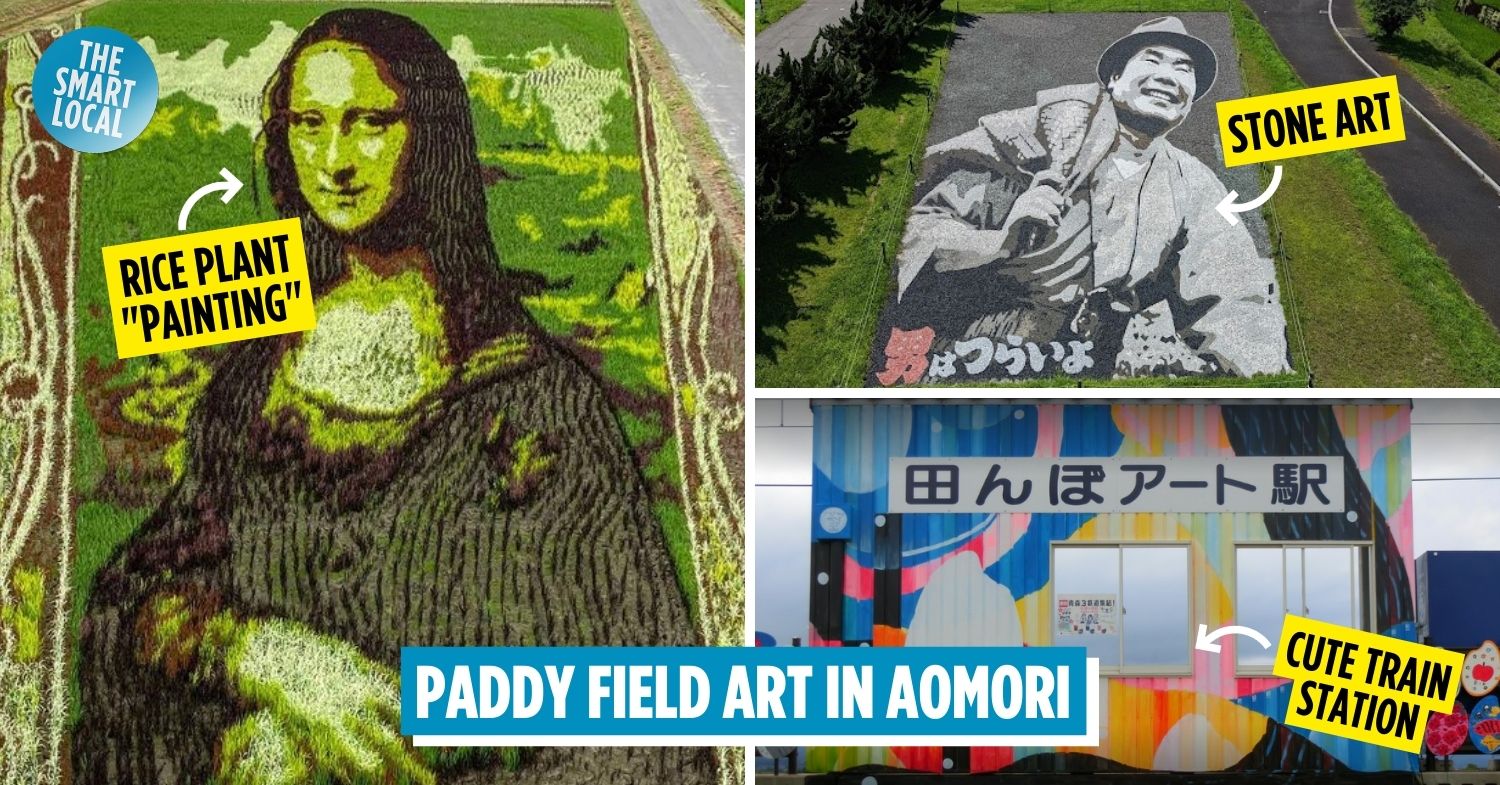Inakadate Tanbo Art
Inakadate Tanbo Art proves that it’s possible to balance creativity and practicality by creating images out of coloured rice plants on paddy fields. Starting out as a marketing strategy, the annual paddy field-decorating event now doubles as a tourist attraction.
Different theme every year
Inakadate Tanbo Art, also known as Inakadate Rice Paddy Art, is held every June to October in Inakadate Village, Aomori. It involves the villagers brainstorming for and manually executing the designs to be imprinted on rice paddies across 2 sites.
The village first came up with the brainchild in 1995 to promote their Tsugaru Otome rice brand.

Inakadate Village.
Image credit: Jin Jin
Every year, the rice paddy designs each follow a unique theme, ranging from movie characters to historical figures. Since the designs are “once gone, gone forever”, many revisit the village every year to avoid missing out on the fresh drawings in person.
For example, 2015 took movie lovers by storm with the films Gone With The Wind and Star Wars: The Force Awakens as the year’s themes.
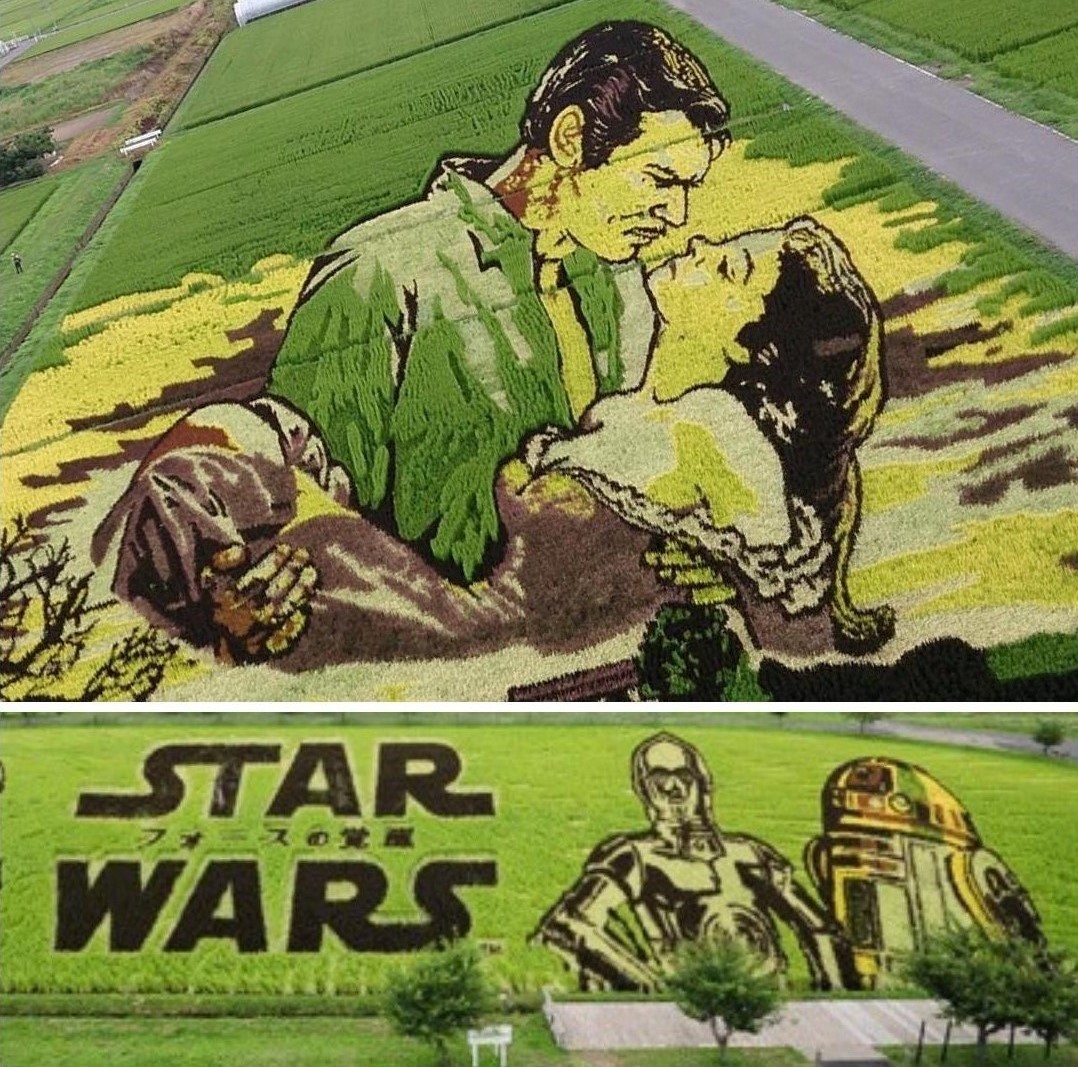 2015 Tanbo Art with Gone With The Wind and Star Wars: The Force Awakens as the themes.
2015 Tanbo Art with Gone With The Wind and Star Wars: The Force Awakens as the themes.
Image adapted from: @elikyalis and 青森県南津軽郡田舎館村大字田舎舘
In particular, the iconic poster of Gone With The Wind, with Rhett Butler holding Scarlett O’Hara, was illustrated.
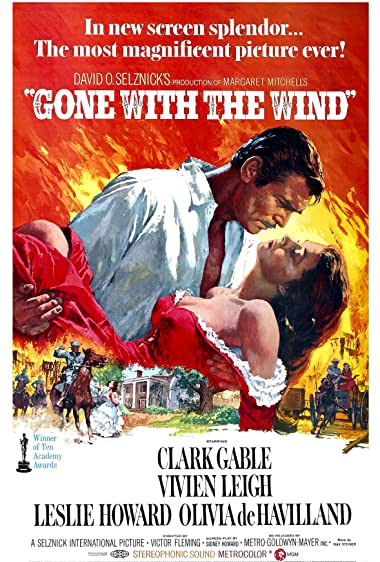
Gone With The Wind movie poster.
Image credit: IMDb.com, Inc.
Appreciating the rice art at ground level is free. However, visitors typically do so from 2 observation decks – the Inakadate Village Hall Observation Deck and the Yayoi no Sato Observation Deck – for a small fee.
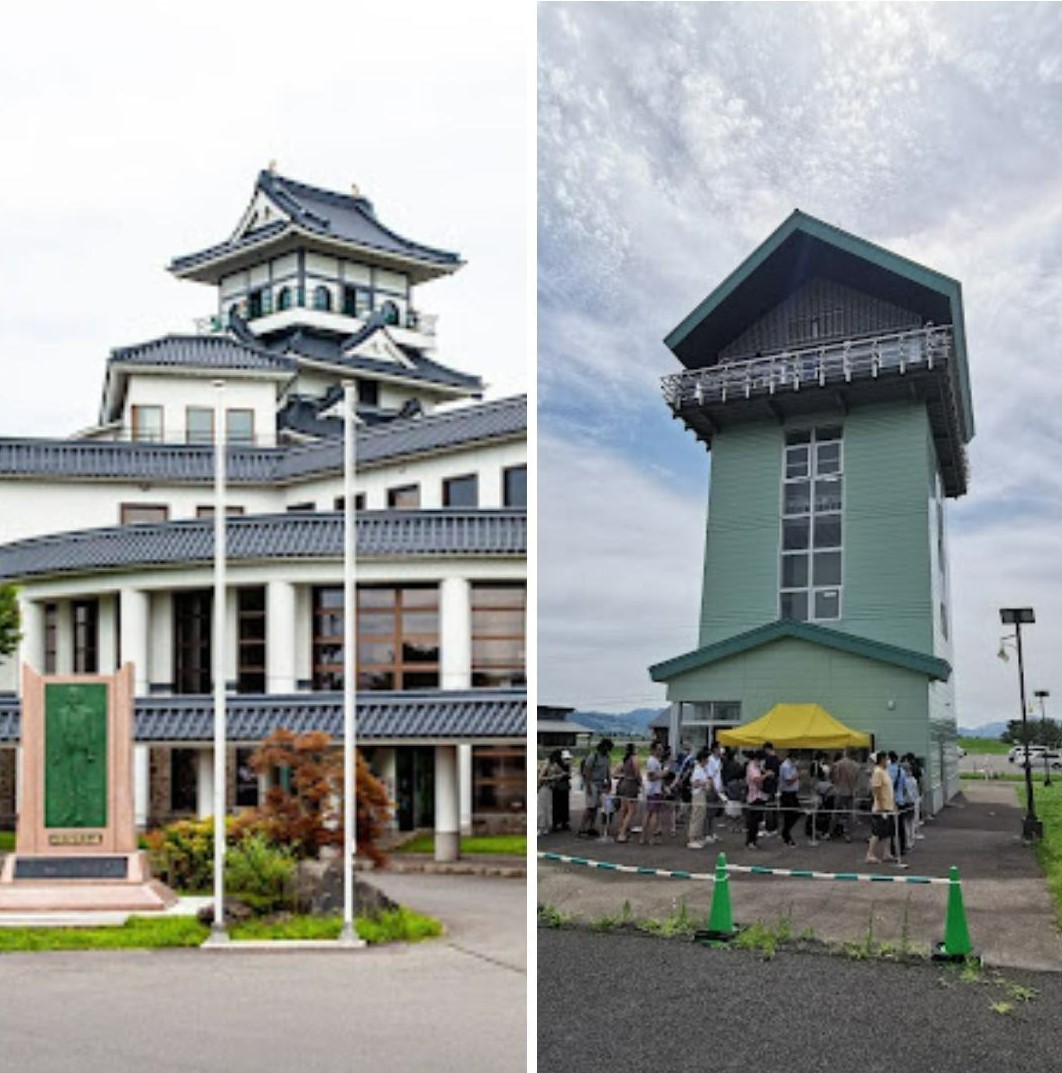
(Left to right) Inakadate Village Hall Observation Deck and Yayoi no Sato Observation Deck.
Image adapted from: 中山くろふね, Snow Star
This is because while you can still discern the images at ground level, it’s not as impressive as viewing them from high ground.
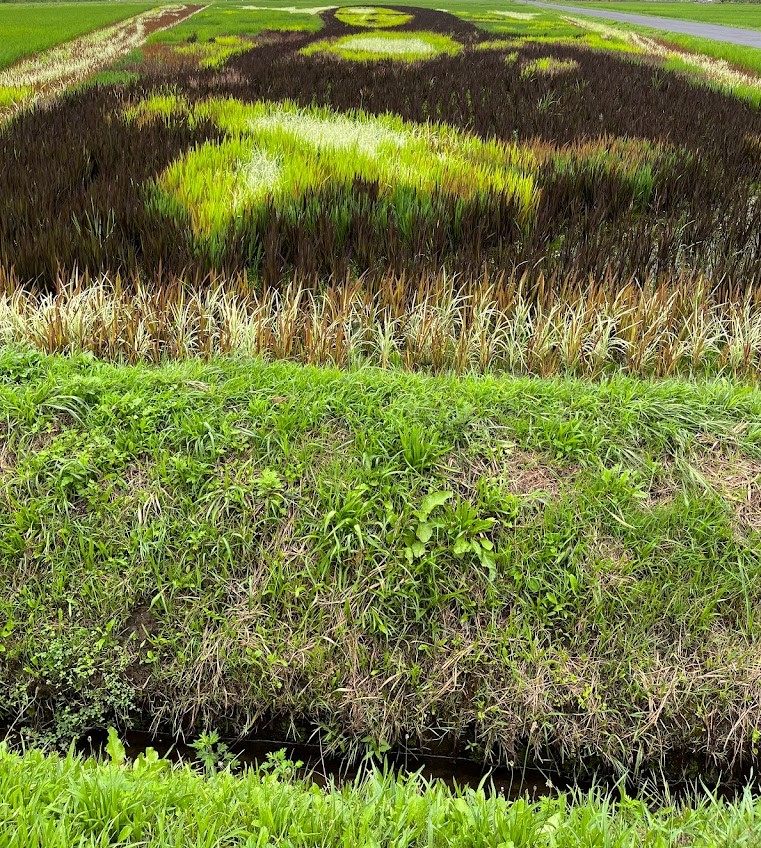
Recreation of the painting Mona Lisa in 2022, viewed at ground level.
Image adapted from: おじさんマサユキ
In 2022, from the Yayoi no Sato Observation Deck, visitors could view a large illustration of farmers from the Jōmon to Yayoi period, which spans 13,000 BCE to 250 AD in Japanese history.
Due to how wide the drawing is, you can’t capture the entire landscape using a regular camera.
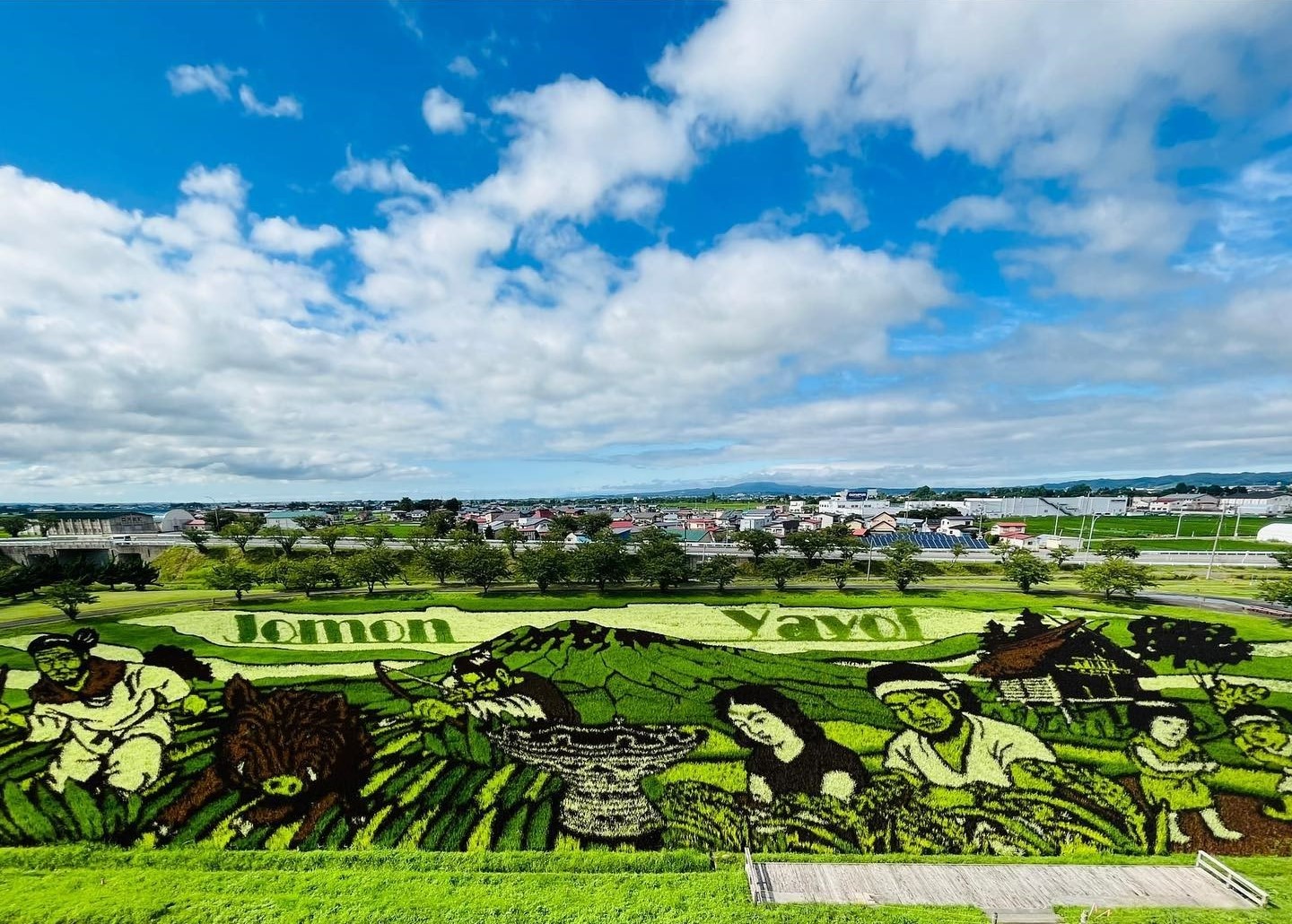
Image adapted from: @saria0210
Don’t miss out on the stone drawing of a male farmer directly opposite the rice field, which appears to emphasise how agricultural work was first introduced in Japan during the Jōmon to Yayoi period.
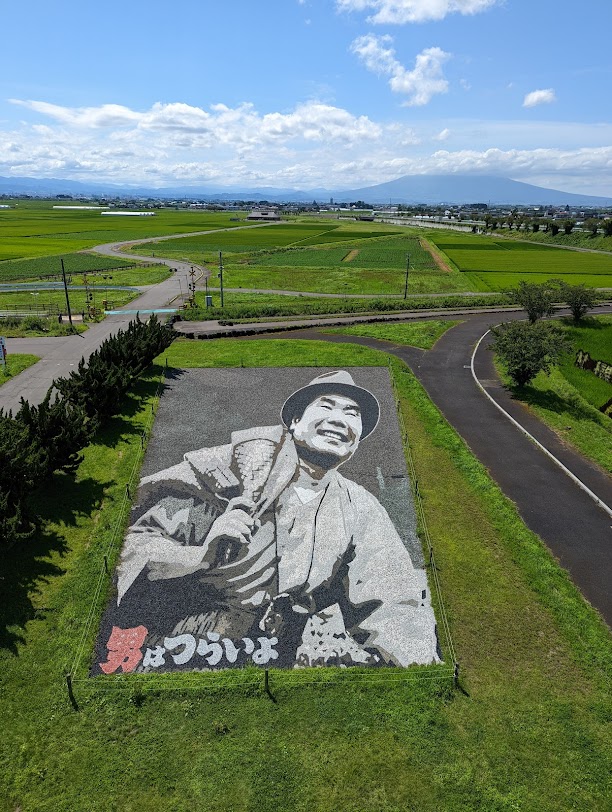
Image credit: 池田泰雄
From the Inakadate Village Hall Observation Deck, you can observe attempted recreations of the Mona Lisa painting by Leonardo Da Vinci and the Lakeside painting by Seiki Kuroda.
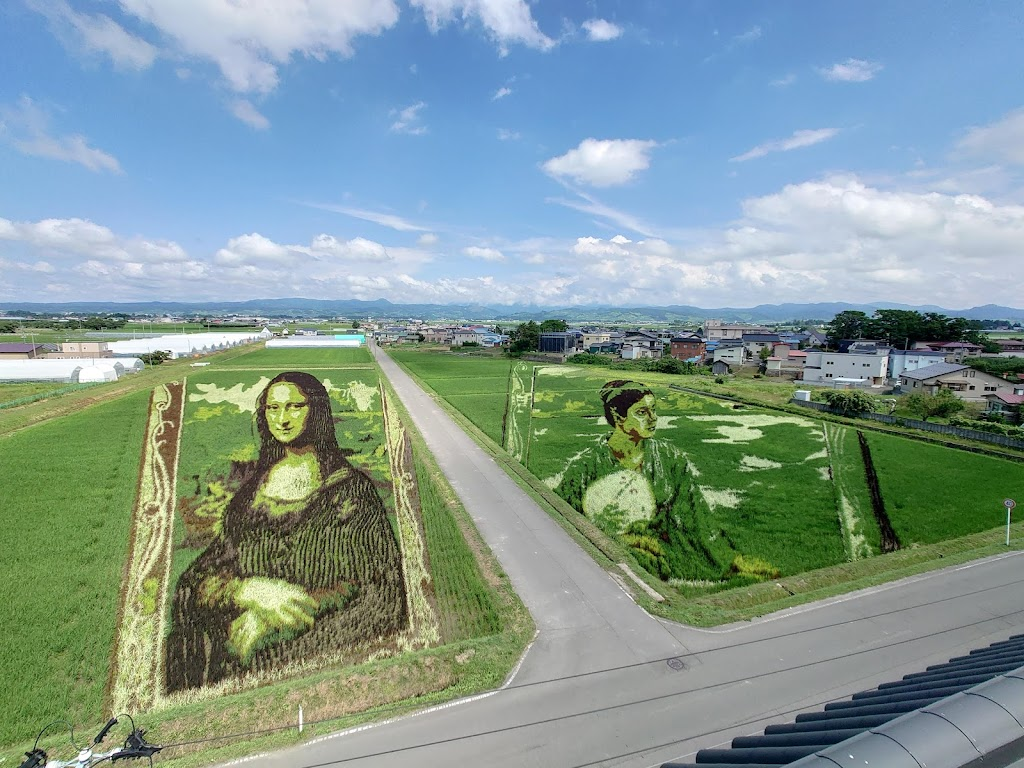
Image credit: 氣田直樹
In fact, the Mona Lisa drawing is a reattempt from back in 2003. When comparing the two versions, it’s clear that the villagers have greatly improved their craftsmanship.
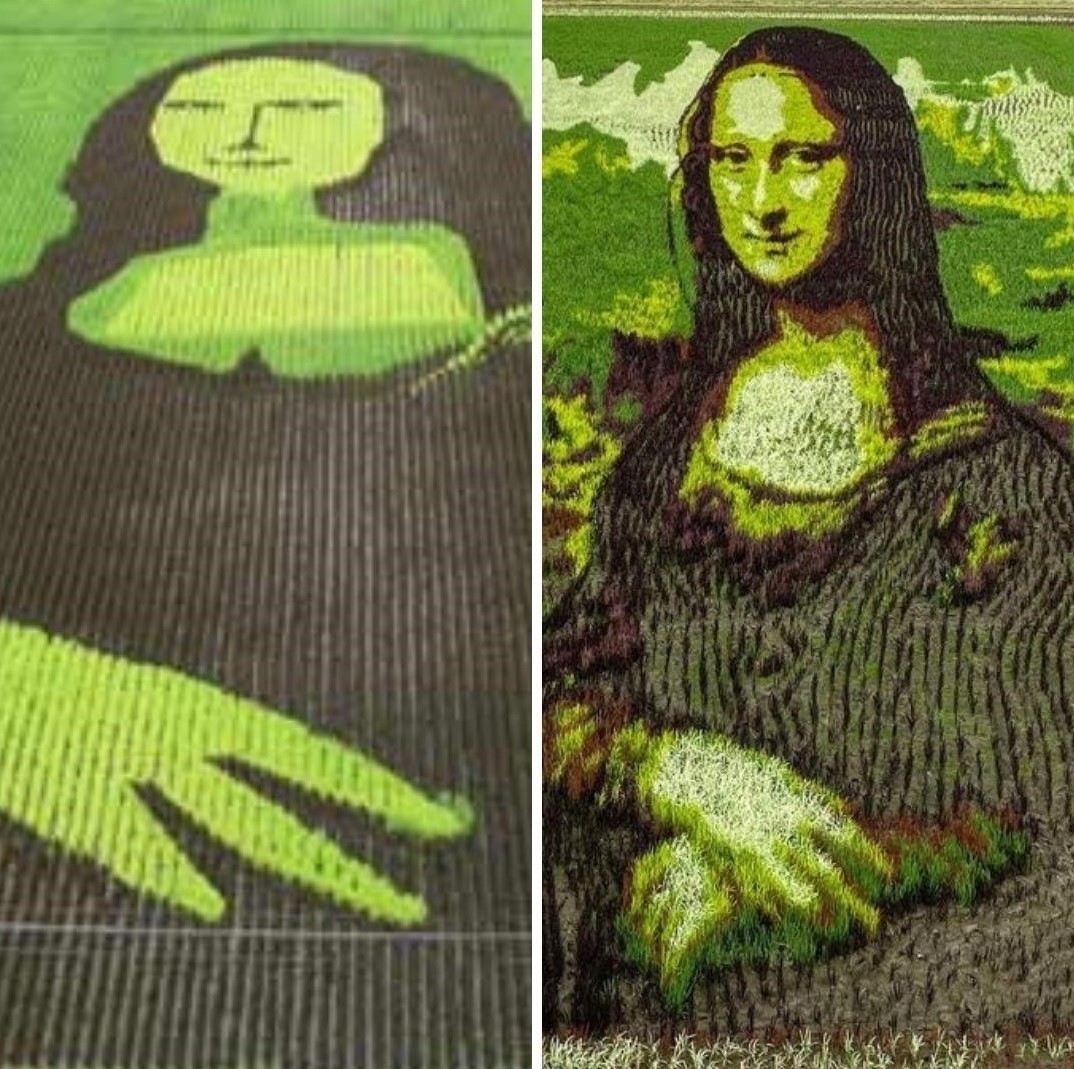 2003 vs. 2022 recreation of the painting Mona Lisa.
2003 vs. 2022 recreation of the painting Mona Lisa.
Image adapted from: 青森県南津軽郡田舎館村, @k.r.2nd
Free shuttle bus service
Every year from June to October, a free shuttle service ferrying people between the two observatories is available roughly every 30 minutes. The first paddy field (第1田んぼアート) refers to the one near the Inakadate Village Hall Observation Deck, while the second paddy field (第2田んぼアート) refers to the one near the Yayoi no Sato Observation Deck.
Named Tasaabego (たさあべ号), the vehicle carries up to 9 passengers at a time. In the local Tsugaru dialect, Tasaabe (たさあべ) means “Let’s go to the rice paddy field”.
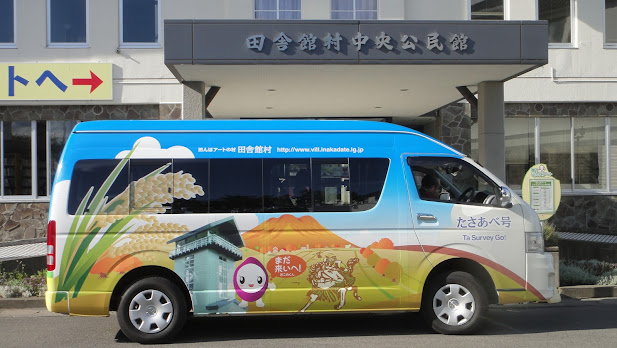
Image credit: 工藤はじめ
Inakadate Tanbo Art viewing
The best time to see Inakadate Tanbo Art is between mid-July to mid-August, when the colours are most vibrant. While the drawings still maintain their shape outside of that period, their visual appeal can be determined by the viewers.
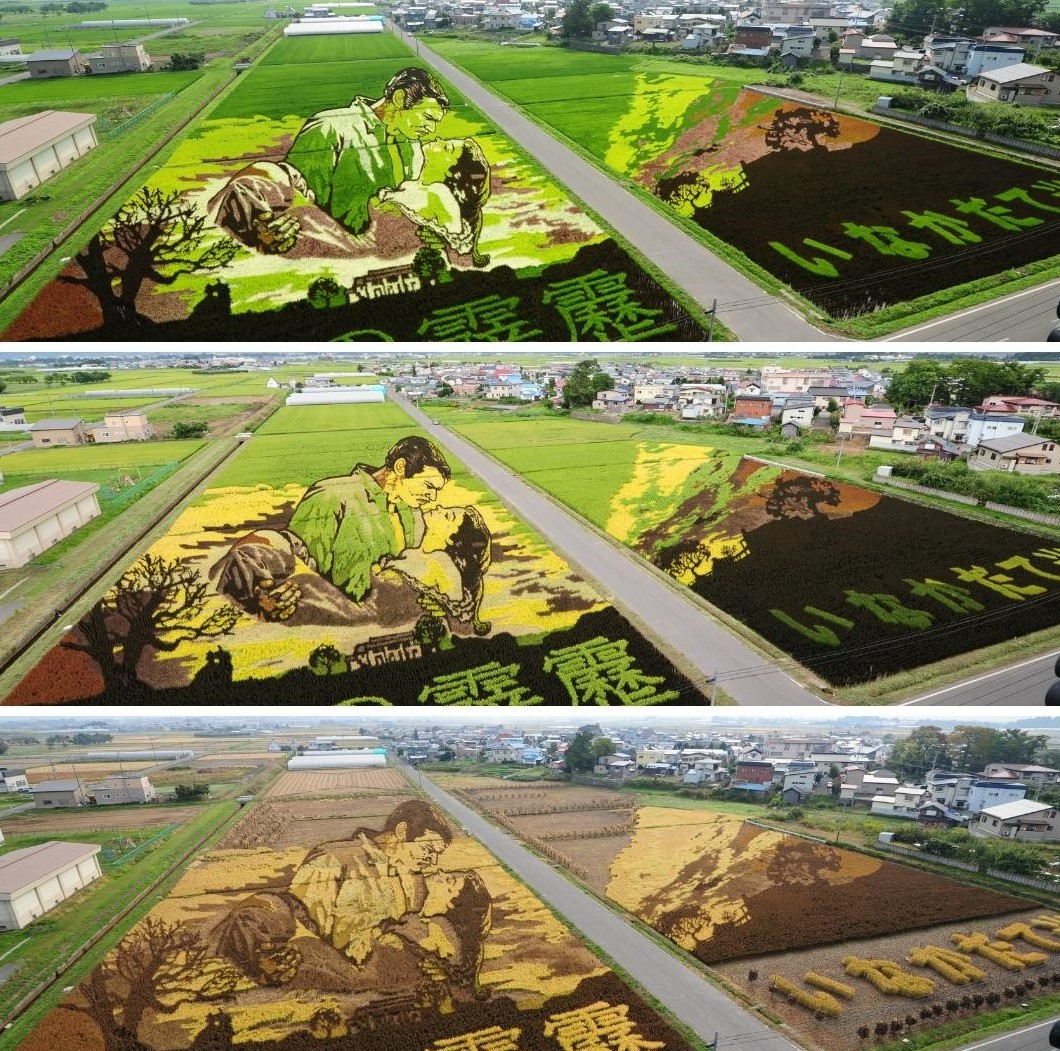
Colour of the paddy field drawing from (top to bottom) end July, end August, and early October.
Image adapted from: 青森県南津軽郡田舎館村大字田舎舘
If you’re unable to personally make a trip down, you can still catch a glimpse of the drawings via their photo album, which is updated daily.
Getting there
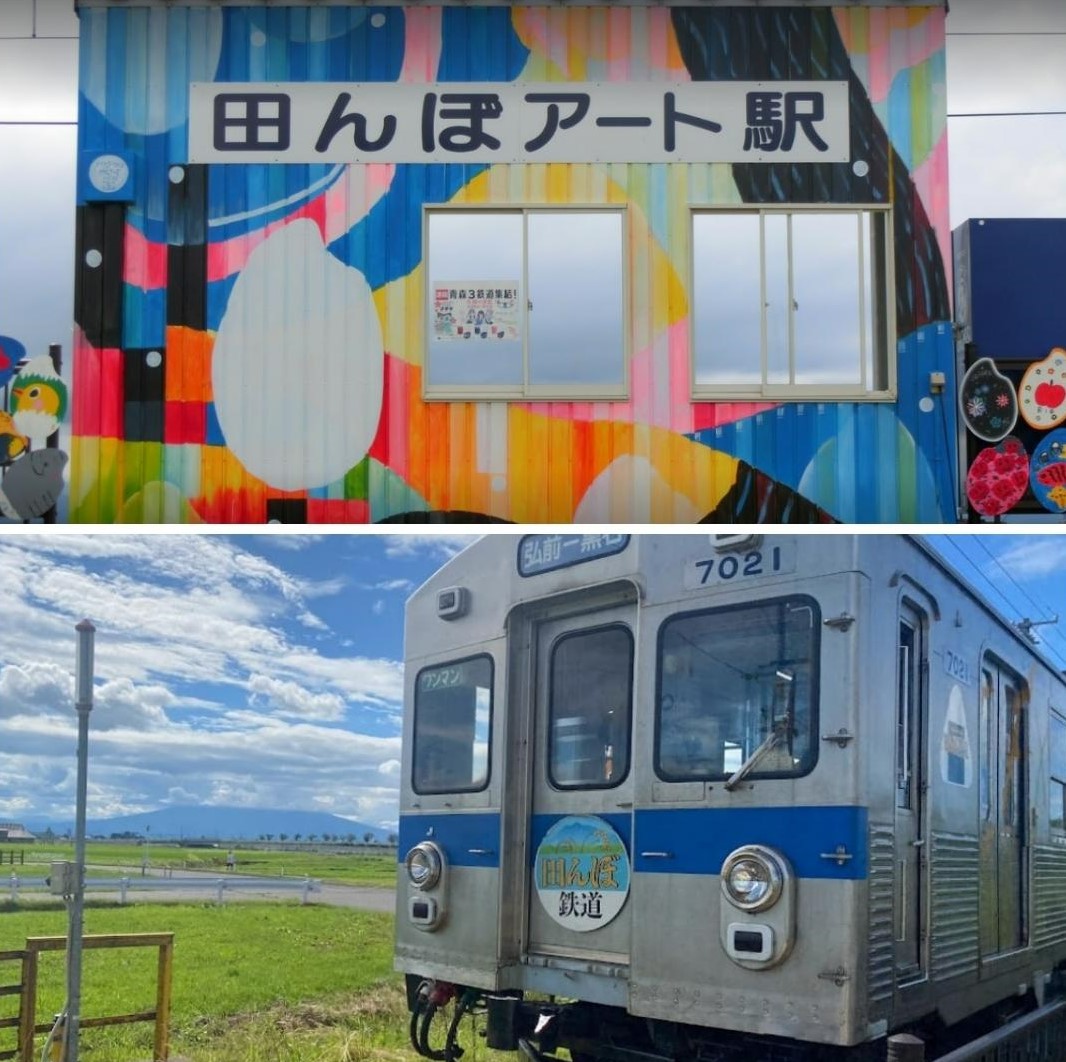
Tanbo Art Station.
Image adapted from: misako otobe, ピンクリボン
The Inakadate Village Hall Observation Deck is a 5-minute car ride from Inakadate Station, while the Yayoi no Sato Observation Deck is a 5-minute walk from Tanbo Art Station.
We recommend visiting the Yayoi no Sato Observation Deck first, then taking the free shuttle service to the Inakadate Village Hall Observation Deck.
Inakadate Village Planning and Tourism Division
Address: 123-1 Nakatsuji Inakadate, Minamitsugaru District, 038-1113 Aomori
Opening hours: 9am-5pm, Daily
Contact: 0172-58-2111 | Inakadate Village Planning and Tourism Division website
Inakadate Village Hall Observation Deck
Admission: ¥300 (~USD2.15)/middle school students & older | ¥100 (~USD0.72)/elementary school students | Free for children who have yet to enter elementary school
Address: 4F Inakadate Village Hall, 123-1 Nakatsuji, Inakadate, Minamitsugaru District, 038-1113 Aomori
Opening hours: 9am-5pm, Daily (Last admission at 4.30pm)
Yayoi no Sato Observation Deck
Admission: ¥300 (~USD2.15)/middle school students & older | ¥100 (~USD0.72)/elementary school students | Free for children who have yet to enter elementary school
Address: 10 Yahata Takahi, Inakadate, Minamitsugaru District, 038-1111 Aomori
Opening hours: 9am-5pm, Daily (Last admission at 4.30pm)
Also check out:
- Ehime guide part 1
- Travelling to Japan in 2022
- Japan lifts guided tour group restrictions
- Fumotoppara Campground
- Tokiwaso Manga Museum
Cover image adapted from: @k.r.2nd, @saria0210, misako otobe
